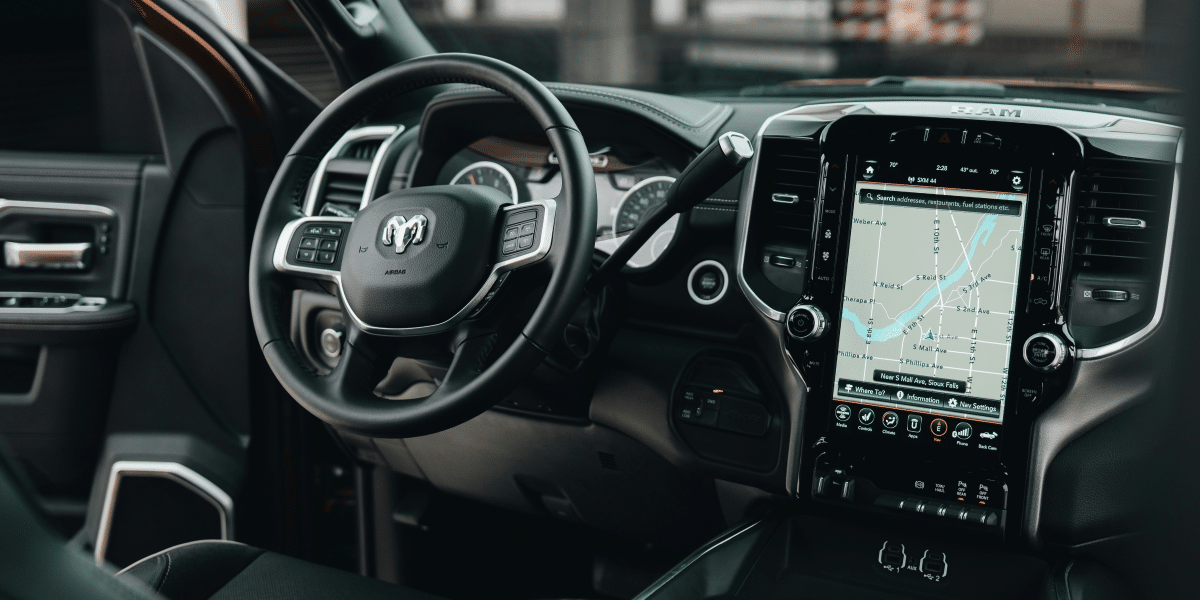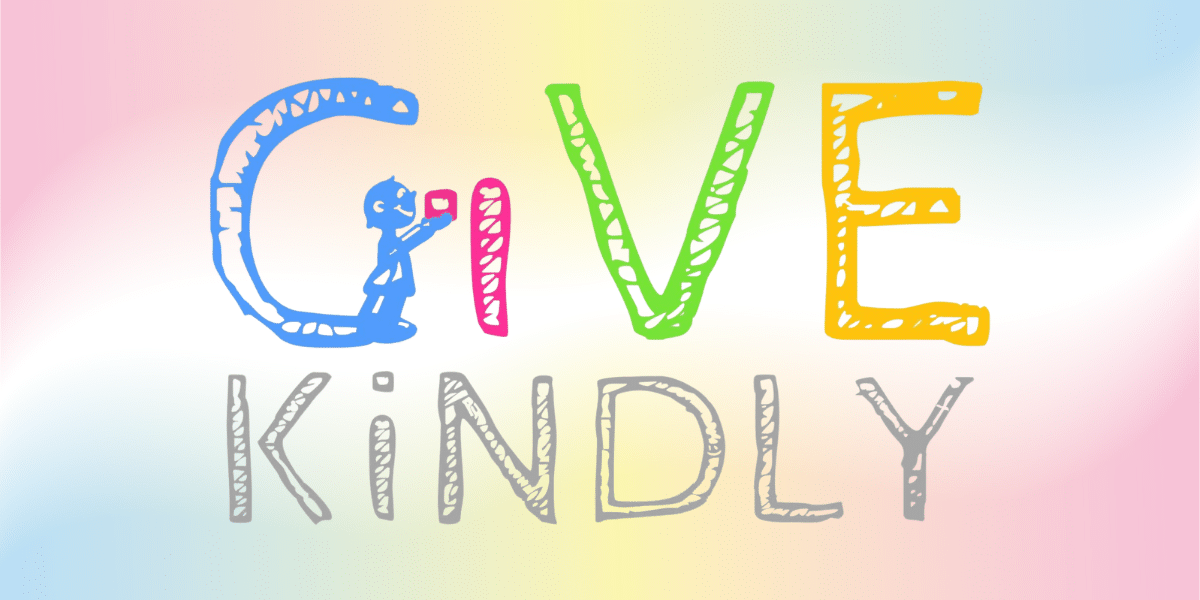In an era where individuality is celebrated, personalized jewelry is a cherished form of self-expression. Custom pieces are memories, stories, and emotions captured in metal and stone. For clients, the allure of customization lies in crafting a piece that uniquely resonates with their personality or the memories they hold dear. Personalized jewelry speaks directly to those who wish to stand out, offering a sense of exclusivity and deeper emotional value.
As consumers become more discerning, they seek jewelry that reflects their identity while simultaneously creating a tangible connection to personal moments. The art of customization embodies creating lasting relationships with clients by understanding and translating their desires into wearable art. Jeremy Millul, founder of elite jeweler, Jeremy Millul Inc. explores the art of customization in his jewelry.
Understanding Client Needs and Desires
Crafting personalized jewelry is an art that begins long before any materials are chosen or designs are sketched. It starts with understanding the subtle nuances of what the client truly wants.
“When we wear jewelry, it becomes a part of us, representing our individuality and style to the world,” says Jeremy Millul. “For the jeweler, the goal is to weave these personal elements into a piece that resonates with the wearer.”
Before the first gem is set, a foundation of trust and understanding must be established. The initial consultation is a crucial first step where the seeds of inspiration and design are planted. This is the beginning of a creative journey. Here, the jeweler’s role is akin to that of a detective, piecing together clues from what the client shares.
Encourage openness by meeting in a relaxed setting. Drive the conversation with questions such as, “What does this piece signify for you?” or “Is there a particular memory or story you’d like to incorporate?” It’s essential to listen more than you speak. Pay attention to words, emotions, and even pauses, as these can offer insights into the client’s true desires.
Keep an eye on body language and facial expressions. A client’s eyes might light up when discussing a specific idea, indicating something meaningful. Document important points during the conversation. These notes will serve as a reference and a personalized roadmap for the design process.
Themes and symbols are at the heart of personalized jewelry, acting as a bridge between imagination and reality. It’s the jeweler’s task to help clients articulate personal meanings that transform everyday objects into heirlooms. Encourage clients to share stories from their lives. These narratives often reveal cherished themes and symbols, such as a beloved place, a childhood memory, or a life-changing event.
Gain clarity on what resonates with the client in terms of style, colors, and materials. Many individuals have affinities for particular stones or metals that hold personal significance. Discuss potential symbols that represent important aspects of their life. Whether it’s an infinity loop for everlasting love or a tree of life for growth and strength, symbols add layers of depth to the design.
Use sketches, images, or even existing pieces as a starting point. These visuals can spark ideas and help clients find elements that speak to them. Understand where the client is in life and what they aspire to. By focusing on these details, the jeweler and client together can craft a narrative that the jewelry will tell long after the consultation is over.
Designing the Custom Piece
Creating a custom piece of jewelry is much like painting a masterpiece. Each stage in the design process is critical in translating the client’s vision into a wearable work of art. Before any gem is set or metal is shaped, the first essential step is to sketch the design. Sketching serves as the blueprint of creativity, where imagination is translated into visible lines and shapes.
Prototyping takes this idea a step further. By creating a three-dimensional model, often from a less expensive material, designers can experiment with scale, texture, and structure. Drafts and prototypes are vital in refining the intricacies of design, ensuring that the result is nothing short of perfection.
The choice of materials is a pivotal aspect of jewelry design. Materials affect the aesthetic appeal but also play a significant role in the piece’s durability and longevity.
Notes Jeremy Millul, “Designers must be discerning and choose wisely to ensure the piece is both beautiful and enduring.”
Through thoughtful material selection and careful technique, the jewelry reflects personal taste and stands the test of time. In this way, every custom piece tells a story that is as unique and lasting as the client who wears it.
The Crafting Process
Creating personalized jewelry is both an art and a science. It combines the creativity of design with the precision of craftsmanship. When diving into the world of custom jewelry, one of the biggest decisions is choosing between handcrafted and machine-made styles.
Both have unique advantages and potential downsides, which are important to consider when deciding the premier approach to create a one-of-a-kind piece. Choosing between these methods often depends on what the client values more—uniqueness and artistry, or efficiency and precision.
In the world of custom jewelry, quality control is crucial. Once a piece has been crafted, it must undergo rigorous checks to ensure it meets the highest standards. Each step of the crafting process contributes to crafting a masterpiece that meets and exceeds client expectations. Elite jewelers create a treasure that the client will cherish for years to come.

Delivering the Final Product
When it comes to personalized jewelry, the journey doesn’t end when the piece is crafted. The final step—delivering the product—is just as important as its creation. How the jewelry is presented can turn a mere purchase into an unforgettable experience. Delivering the final product requires crafting an experience that resonates with the client.
“This last step in the jewelry creation process captures the essence of personalization and makes it memorable,” says Millul.
The art of customization in jewelry design is poised for a dynamic future, with technology and consumer demand shaping its trajectory. As 3D printing and AI-driven design tools evolve, they empower designers to bring even the most intricate visions to life with precision and flair.
As clients seek pieces that reflect their unique identities and stories, jewelers have an exciting opportunity to innovate and adapt. Engaging with these trends allows them to align with client expectations by combining traditional craftsmanship with modern innovation.
Published by: Nelly Chavez












